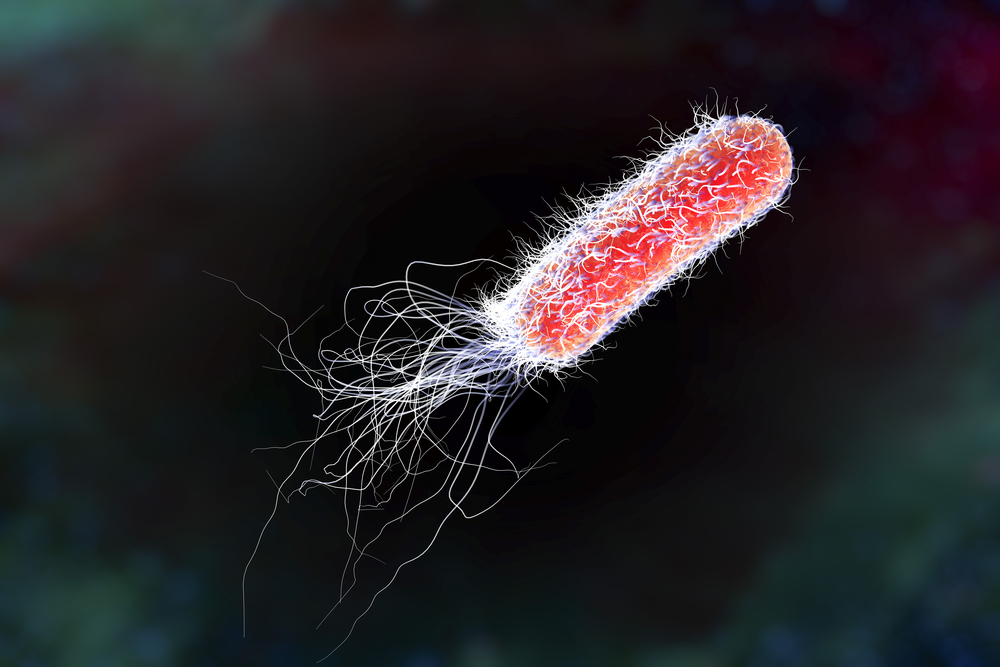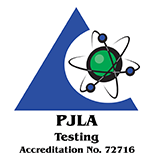Background: All species and strains of Pseudomonas are Gram-negative rods, and have historically been classified as strict aerobes. A significant number can produce exopolysaccharides that are known as biofilms. Secretion of exopolysaccharide makes it difficult for Pseudomonads to be phagocytosed by mammalian white blood cells. Exopolysaccharide production also contributes to surface-colonizing biofilms which are difficult to remove from food preparation surfaces.
Growth of Pseudomonads on spoiling foods can generate a “fruity” odor. Pseudomonads have the ability to metabolize a variety of diverse nutrients. Combined with the ability to form biofilms, they are thus able to survive in a variety of unexpected places. A simple carbon source, such as soap residue or cap liner-adhesives is a suitable place for the Pseudomonads to thrive. Other unlikely places where they have been found include antiseptics such as quaternary ammonium compounds and bottled mineral water.
As a result of their metabolic diversity, ability to grow at low temperatures and ubiquitous nature, many Pseudomonads can cause food spoilage. Pseudomonads have been found to contribute to muscle proteolysis. Proteolytic activity can lead to penetration of Pseudomonads into meat, gaining an ecological advantage through penetration because they then have access to a new niche with available nutrient resources for exploitation, which would not be accessible or available to nonproteolytic or less proteolytic bacteria. Pseudomonads are inhibited in reduced-oxygen environments, such as vacuum packed foods.
Method
Media
Turn Around Time
Sample Required
Type of Test
Detection Limit
Related Resource
MB-LABS-SOP-008-PIA
Pseudomonas Isolation Agar
2-3 Business Days
10 to 100 g
Quantitative Plate Count Analysis
<10 CFU/g; <1 CFU/mL; <0.1 CFU/cm2
Analysis Description: Pseudomonas Isolation Agar is designed to enhance pyocyanin production, thereby improving the differentiation of pseudomonads. The modified formula contains a low phosphorous content, glycerol, magnesium chloride and potassium sulfate, all of which promote pyocyanin production. Pyocyanin production is unique to Pseudomonas aeruginosa and is noted as a blue-green water soluble pigment that imparts a greenish color into the media. Pseudomonas Isolation Agar also includes glycerol as an energy source, while peptone provides nutrients necessary for bacterial growth. Irgasan® is incorporated into the medium to inhibit the growth of many gram-positive and gram-negative microorganisms other than Pseudomonas spp.
The sample is diluted with a buffer, blended, and an extracted amount is plated on the Pseudomonas Isolation Agar, many times in a serial dilution format. Inoculated agar plates are incubated at 35°C for 18 to 48 hours, upon no growth at 24 hours, the agar plates are incubated at 25°C for 24 hours.


